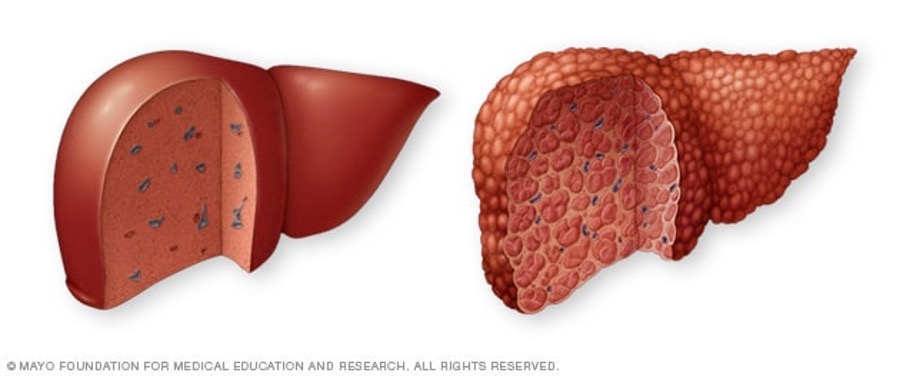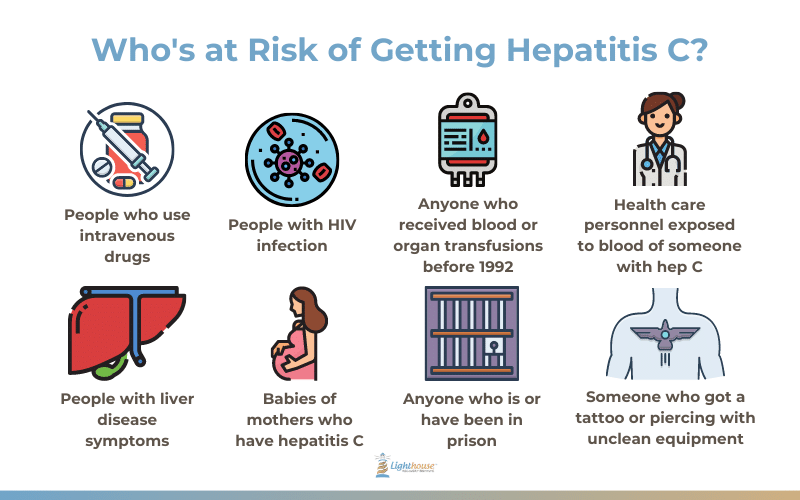By Charalampos Karouzos,
Hepatitis C had a particularly tough story from being initially identified, to creating effective treatment, and in fact, the introductory paragraph of this story was written not too long ago. Despite being one of the most challenging viral diseases for humanity, even now that high-quality evidence is available, stigma still exists. The public primarily, but even medical professionals, are prejudiced upon encountering an individual positive for HCV (Hepatitis C virus), although the risk of getting infected themselves (supposed the basic hygiene protocol is followed) is zero, as hepatitis C is a bloodborne virus, a virus transmitted only by the blood.
Knowledge regarding the virus has expeditiously increased the latest decades, but lack of awareness and access to diagnosis and treatment remain the major causes of disease spread, underlined by the WHO’s data that present about 60 million currently active HCV cases worldwide. However, novel improvements in available medication, a previously underdeveloped field, provide nowadays treatment and cure for the underlying infection, preventing the fatal route of Hepatitis C, thus forming the necessary sentences required to synthesize the paragraphs of the HCV story.

Although the virus’s impact on world health is significant, as it affects every year more than 1.5 million people, knowledge about its basic structure and functions is very recent, so recent that until some decades ago the virus was nameless! Until 1989, scientists didn’t baptize the virus, and they referred to it as non-A non-B hepatitis Virus, a non-practical name. However, the establishment of a proper name for the virus was the least of the issues regarding the knowledge behind the virus. The biggest misconception regarding the virus as Prof. Graham Foster, professor of hepatology at the Queen Mary University of London, states, is that people still fail to understand that liver disease (the characteristic and primary consequence of HCV infection) is not always linked to alcohol consumption. To justify such beliefs, in the past alcohol was consumed more frequently in excess, and thus, along with other reasons, was the major causative agent of hepatitis, however, in the last 35 years, viral hepatitis infections have dethroned alcohol.
To explain the viral infection course, the function of one of the cornerstones of human health must be presented, which would be the liver. The liver is the chemical power plant of our body and plays a crucial role in maintaining balance among different proteins, toxins, and substances that if found in excess or underproduced can lead to death. Individuals lacking proper liver function are to be treated with care, as such abnormalities have a systemic effect leading to injury in most of the organs of the body. The viral tropism of HCV, the viral “preference”, is specifically the hepatocytes, the major liver cells, which get infected by the virus. Inside these cells, HCV proliferates and generates more HCV particles infecting adjacent cells, while at the same time the infected cells get damaged.
Although infection by the virus seems like a dead end leading to disease, scientific and clinical data show that 15-25% of patients fight off the initial infection before it establishes. Unfortunately, most patients, around 75-85%, will experience an acute infection and then progress to a chronic one. The initial stages of chronic hepatitis are relatively asymptomatic, and most infected individuals do not seek medical care. When, however, the classical viral hepatitis symptoms start to appear (dark urine, abdominal pain, and yellow-tinged skin), diagnosis of HCV occurs, usually in an advanced stage. The major issue with advanced disease stages is that irreversibility of the hepatic injury has occurred, now named Cirrhosis of the liver. Cirrhosis, occurring due to prolonged liver scarring and damage, is the first step to developing more serious conditions like Liver failure or commonly for HCV, Hepatocellular Carcinoma, a type of Liver Cancer. In fact, the WHO estimated that in 2019, approximately 290 000 people died from hepatitis C, mostly from cirrhosis and hepatocellular carcinoma.

HCV as it can be observed contributes greatly to liver diseases worldwide, and unfortunately, prevention by vaccination is unavailable, although intense research is taking place. HCV infection may resemble another form of a death sentence, not an instant one, but a chronically worsening condition leading to an early death. Indeed, that was the case in the past, as medication available at the time was significantly less effective, treating 1/3 of patients, and many were contradicted to treatment owing to the side effects of the therapy. However, novel treatment is light years ahead, current antiviral medication is available in oral-pill forms and must be taken for 8-12 weeks, with an efficacy rate of 95! The approval of the novel HCV treatment (sofosbuvir/velpatasvir/voxilaprevir (Vosevi)) by the FDA in 2017 had an efficacy of 96-97%. According to Prof. Graham Foster, the previously unthought efficacy ratings are to be attributed to the German physician, Ralf BartenSchlager, who was “the first person to crack the replication of hepatitis C and put it in the public domain”. His altruism provided the scientific community with the target, previously unknown, that must be attacked, and eventually lead to the current treatment and Nobel prize.
The story of hepatitis appears like a bedside story with a happy ending, from the late discovery of the virus itself to the creation of treatment with high efficacy rates. However, the reality is that we have a long way to go as access to diagnosis and treatment is low and cases are rising. Transmission of the bloodborne virus occurs primarily through exposure to blood, usually by unsafe ejection practices, unsafe health care, unscreened blood transfusions and sexual practices, and drug injections leading to blood exposure. For these reasons, in most countries blood for transfusions is screened (in fact blood donors get their blood screened for free and if they are positive in any screened agent, they are noticed), sterility has become an important aspect of a medical procedure and all needles have become single use (in fact auto-injecting of medication is used in many cases, minimizing even further the risk of needles).
Thus, today, most infected individuals are drug users, which not only are not offered the medical care they need, but clear discrimination takes place, excluding them from their fundamental human right to health. The social stigma associated with people suffering from the established condition of drug abuse must not prevent patients from having access to diagnosis and treatment.

To conclude, the story of Hepatitis C has not reached its end, and while this article’s last paragraph is written the epilogue of the HCV history is yet to be typed. The last drop of ink will be spilled when the number of worldwide cases reaches the astonishing number of 0. Unfortunately, this goal is far from being achieved as the number of young people found positive in the world is alarmingly high, with cases on the rise in many regions. Cases are not distributed, as somebody would imagine, aligned with the level of healthcare available in each country, and a great part of HCV infections occur in developed counties. It is readily apparent that current practices and attitudes towards drug users, the majority of patients infected with HCV, demand a drastic change in order to continue the storytelling reaching the back cover of the book.
References
- In Conversation: The amazing story of hepatitis C, from discovery to cure. medicalnewstoday.com. Available here
- Hepatitis C. who.int. Available here
- Global HIV, Hepatitis and STIs Programmes. who.int. Available here
- The 2020 Nobel Prize for Medicine or Physiology for the Discovery of Hepatitis C Virus: A Triumph of Curiosity and Persistence. pubmed.ncbi.nlm.nih.gov. Available here
- Hepatitis. cdc.gov. Available here
- Cirrhosis. mayoclinic.org. Available here




